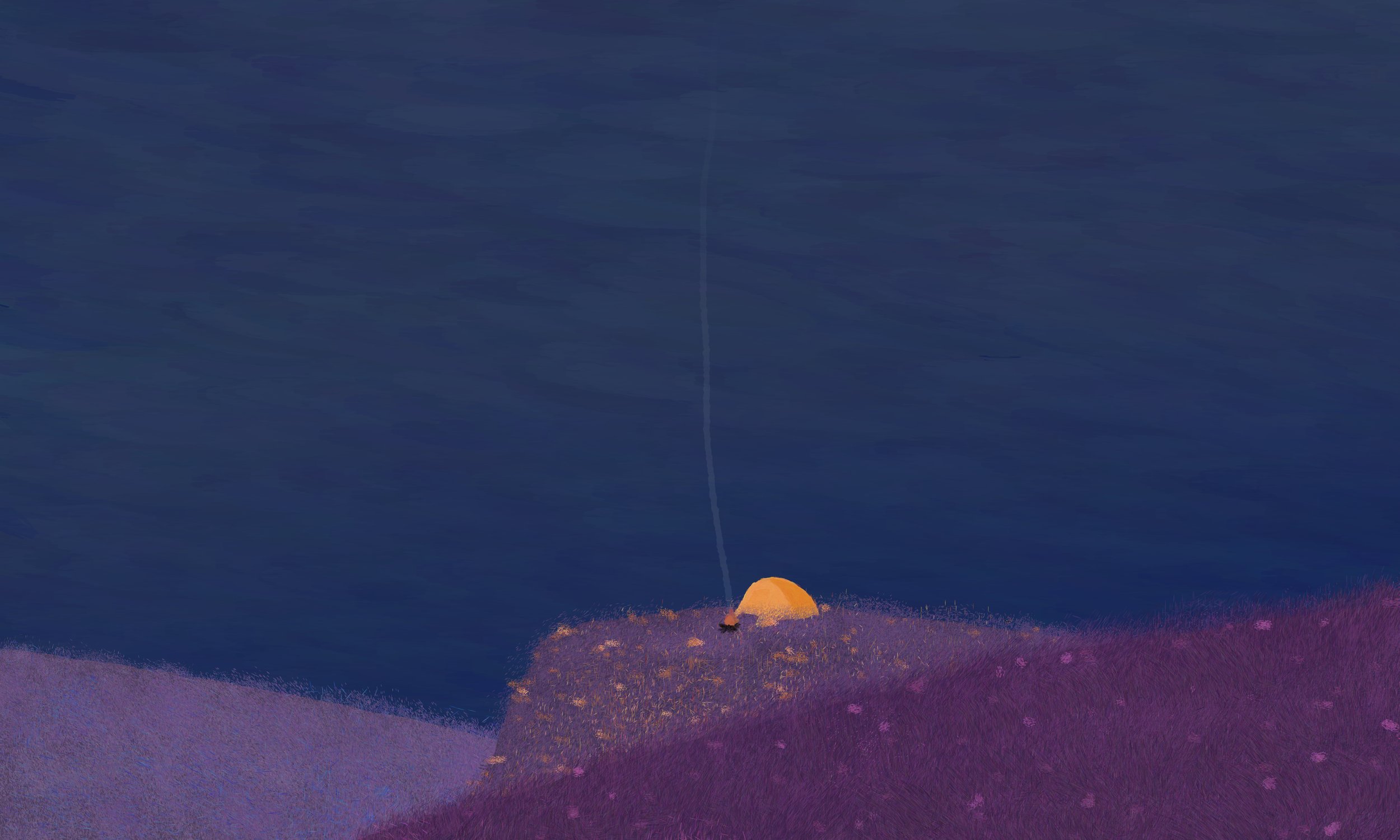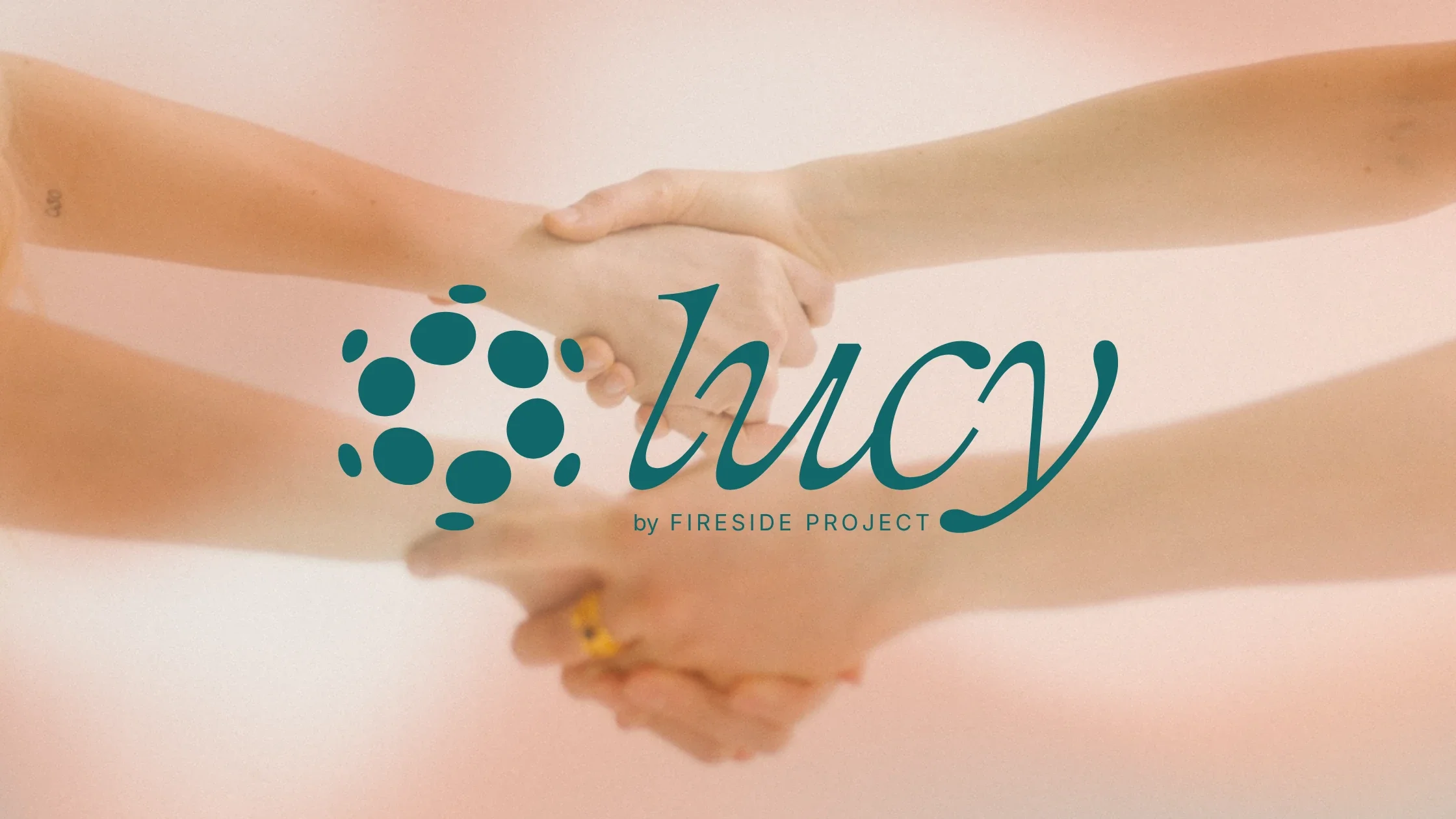
Resources
Welcome to the Fireside Project Resources page. Whether you’re seeking tools for psychedelic integration, education, or inspiration and general psychological wellbeing, we’ve curated a variety of resources to support you on your journey.
Blogs
Explore thought-provoking articles written by Fireside staff, volunteers and experts in the psychedelic field. Learn about integration practices, harm reduction strategies and the evolving role of these psychoactive substances in mental health and personal growth.
Fireside Stories
Hear the stories of real Fireside Project support line callers and learn more about the difference that peer support can make during adverse reactions and challenging psychedelic experiences.
Sarah’s Fireside Story
Jeff’s Fireside Story
John’s Fireside Story
Music
Set the tone for your journey or integration with curated playlists designed to enhance your journey. Music has a unique way of guiding and grounding the human brain through a variety of hallucinogenic and mystical experiences, and we’ve partnered with seasoned travelers to bring you selections that resonate deeply.
Psilocybin
East Forest - Music For Mushrooms: A Soundtrack For The Psychedelic Practitioner
Imperial College of London - Psilocybin-Assisted Therapy
Johns Hopkins, Sacred Knowledge: William A. Richards
Mendel Kaelen: Psychedelic Therapy Playlist 1
Mendel Kaelen: Psychedelic Therapy Playlist 2
Mendel Kaelen: Psychedelic Therapy Playlist 3
Wavepaths, by Mendel Kaelen
A Playlist for Psilocybin by Kelan Thomas
Another Playlist for Psilocybin by Kelan Thomas
Matt Baldwin - A Playlist for Psilocybin
Mdma
MAPS Music for MDMA-Assisted Psychotherapy - Set A
MAPS Music for MDMA-Assisted Psychotherapy - Set B
Ketamine
Eric Sienknecht - A Playlist for Ketamine
Wanna share?
Do you have playlists that you’ve enjoyed during your psychedelic experiences? Please share them with us at info@firesideproject.org.
Safety & Education Resources
Expand your understanding of psychedelics with trusted information and a community of like-minded souls. These resources include fellow peer support organizations and community groups that can help to broaden your knowledge of safe practices and integration while providing support.
Blog Posts
Preparation
Magic Mushroom Interaction Checker
Paid service that provides medication interactions with mushrooms. You can input your medications and get a report back.
Community Resources
This database contains psychedelic information from across the world about psychedelic societies, nonprofits, media outlets, integration circles, conferences, harm reduction orgs, and educational orgs. Be advised of the variable legal status of these substances throughout various jurisdictions. Even plants native to certain regions may be illegal to transport or consume.
Find Your Psychedelic Community (Global Psychedelic Society)
UK Psychedelic Resources
Intercollegiate Psychedelics Network
For young people interested in psychedelic careers
Parents using psychedelics, plant medicine and cannabis
LucidNews Psychedelic Organizations List
Tripsitters' Psychedelic Community Directory
Education, resources, training, service directory, and more!
Autistic Psychedelic Community
Psychedelics + Autism
Psybrary - A Curated Psychedelic Library
The Psybrary is a carefully curated collection of psychedelic resources drawn from trusted publishers and communities.
Integration Circles/Therapists
MAPS Integration Page / Notebook
Psychable Integration Coach/Therapist Directory
New York City Psychedelic Society (trans, POC, etc)
TAM Integration (donation based $10-30; general, womxn, beginners, BIPOC)
Psychedelic Society San Francisco (women, men, ketamine, art in integration)
Asian Psychedelic Collective (Asian)
Psilohealth (general, womxn, veterans, breathwork and integration)
OCD and Psychedelics Support Network (Psychedelics + OCD Monthly Zoom)
Psychedelic Society San Francisco (microdosing, integration, psychedelic recovery)
Major Research Institutions
Learn more about clinical trials at leading universities and research organizations and the developing fields of psychedelic medicine and psychedelic-assisted therapy for mental health disorders, along with other profound psychological and spiritual lines of inquiry.
Various clinical studies are underway at different stages to determine the therapeutic potential of classic psychedelics in addressing mental health disorders such as post-traumatic stress disorder, substance use disorders and the treatment of addiction, and alleviating depression in patients previously considered treatment resistant.
Both psilocybin and MDMA have been awarded breakthrough therapy designation in the United States.
Johns Hopkins Center for Psychedelic and Consciousness Research
Imperial College London Centre for Psychedelic Research
NYU Langone Center for Psychedelic Medicine















































